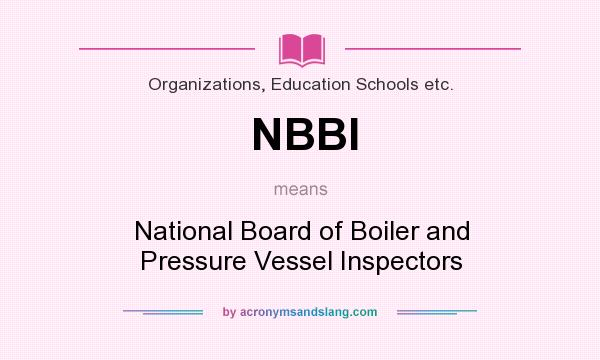

In what comes as a surprise to many, the combined third leading cause for both boiler and pressure vessel accidents last year (2001) was unknown/undetermined - a category introduced as part of the Incident Report in 1999. Improper installation was the third leading cause in 1998, with improper repair coming in third in 1999 (see Figure 3). In five of the 10 years, burner failure was the third leading cause of incidents (1992, 1994, 1995, 1996, and 1997), followed by limit controls in 19. Other major causes of boiler accidents reflect a mixed combination of human oversight and mechanical breakdown. (After this three-year hiatus, low-water condition regained its position as leading cause last year.) While low-water condition has been the predominant cause during this time period, operator error or poor maintenance has surpassed its causal counterpart just three times: in 1998, 1999, and 2000. Human oversight and lack of knowledge were also responsible for 69 percent of the injuries and 60 percent of recorded deaths.Īs anyone who has followed these Incident Reports knows, low-water condition and operator error or poor maintenance have stood atop the list of boiler accident causes for all 10 years (includes power boilers, steam-heating boilers, and water-heating boilers). HUMAN ERROR Of the 23,338 accidents recorded over the past 10 years, 83 percent were a direct result of human oversight or lack of knowledge (i.e., low-water condition, improper installation, improper repair, operator error or poor maintenance).


The average ratio of injuries to accidents for the 10-year period was one injury for every 32 accidents. Last year’s ratio of one injury for every 26 accidents was the third worst year for safety during the 10 year reporting period. Since 1992, this ratio has ranged from one injury for every 99 accidents in 2000 (the safest year) to one injury for every 16 accidents in 1999 (the most dangerous). INJURY-PER-ACCIDENT RATIO While numbers may climb and fall each year, the one true measure of how the industry is faring can perhaps best be found in a statistic not officially included as part of the reporting system: the injury-per-accident ratio. The highest number of accidents (2,686) occurred in 2000, while the lowest number (2,011) took place in 1998 (see Figure 2). Each year during the 1992 to 2001 reporting period saw at least 2,000 accidents, with a total of 23,338 accidents. When it comes to number of accidents, there is little positive news. By comparison, the year 2000 experienced the lowest number of injuries at 27. Again, 1999 was not only the most deadly in the boiler and pressure vessel industry, it also saw the highest number of injuries with 136. In the category of injuries, a total of 720 were recorded between 19 - an average of nearly 72 per year. The lowest number of fatalities over the reporting period, 8, was recorded in 1994. While this may appear to be a positive revelation, it must be considered in the context that 1999 saw the most deaths (21) over the 10-year period. The annual number of deaths has seesawed over the past 10 years (see Figure 1), with the only sustained downward trend - over three years - taking place between 19. On average, that is just less than 13 fatalities per year. OVERVIEW Tragically, a total of 127 people have lost their lives as the result of boiler and pressure vessel accidents during the past 10 years.


 0 kommentar(er)
0 kommentar(er)
